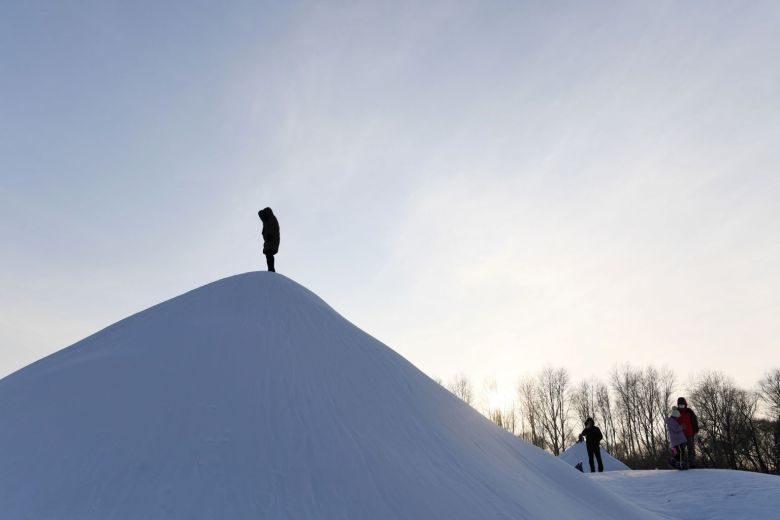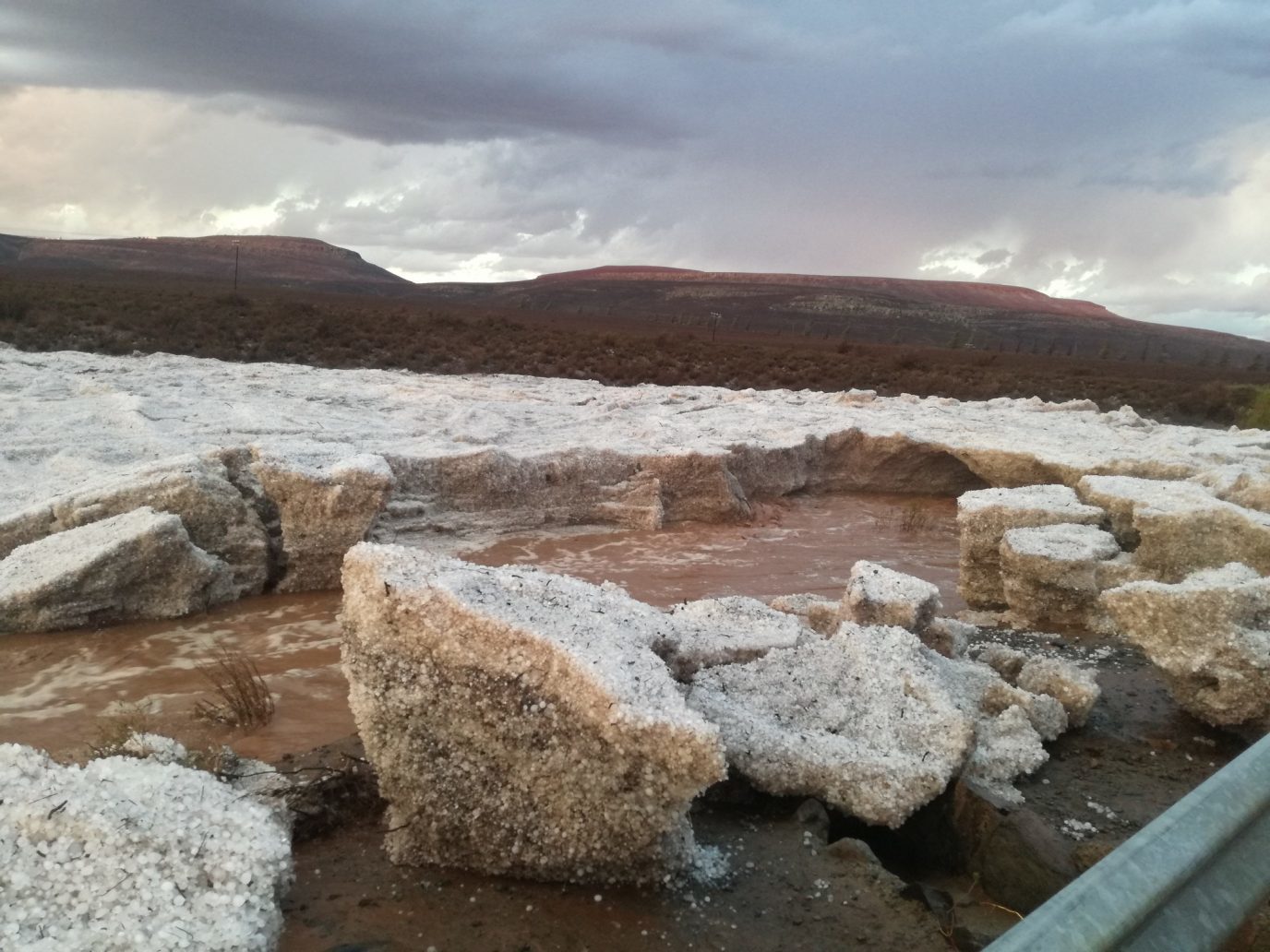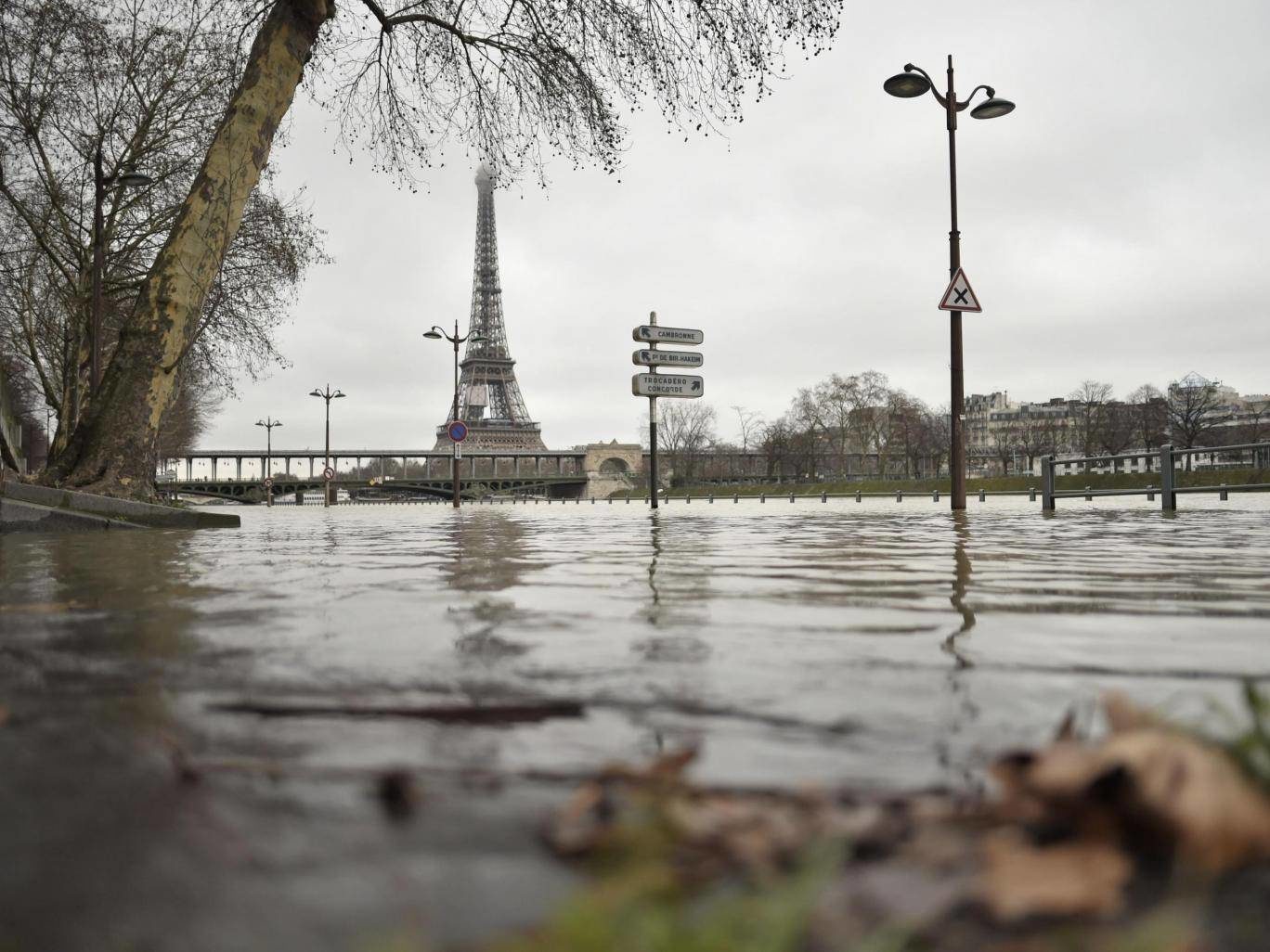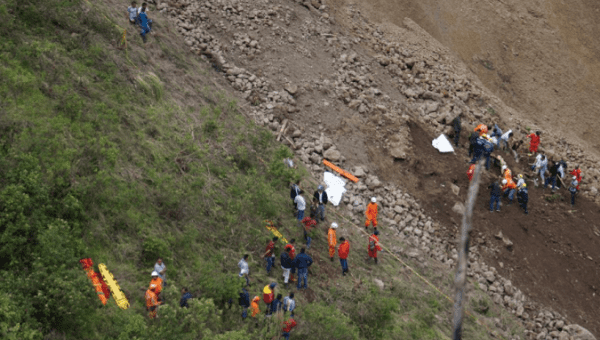
© APA visitor climbs a snow hill before the opening of the annual Harbin Ice and Snow Sculpture Festival in Harbin in China's northeast Heilongjiang province, on Jan 5, 2018
Temperatures hit a low this winter of -44.5 deg C in Mohe, China's northernmost county in Heilongjiang province, according to Mr Wu Shusen, a senior engineer at the county's observatory.
"The temperature over the following two days will be around -46 deg C and it is expected to drop to -47 deg C on Thursday," Mr Wu said. "Then the temperature will increase slightly on Friday."
The region, regarded as the coldest in China, usually sees winters lasting eight months. Its record low is -52.3 deg C.
It's my first time in Beiji village in Mohe where I originally planned to experience the extreme cold," said Ms Xia Tian, 29, a tourist from Hangzhou, Zhejiang province. "However, I never imagined that it would be so cold before I got here on Saturday."




Comment: It's unsurprising that participants in the event were seemingly unaware of the irony. Global warming - buried in snow. What's wrong with this picture?
See also: